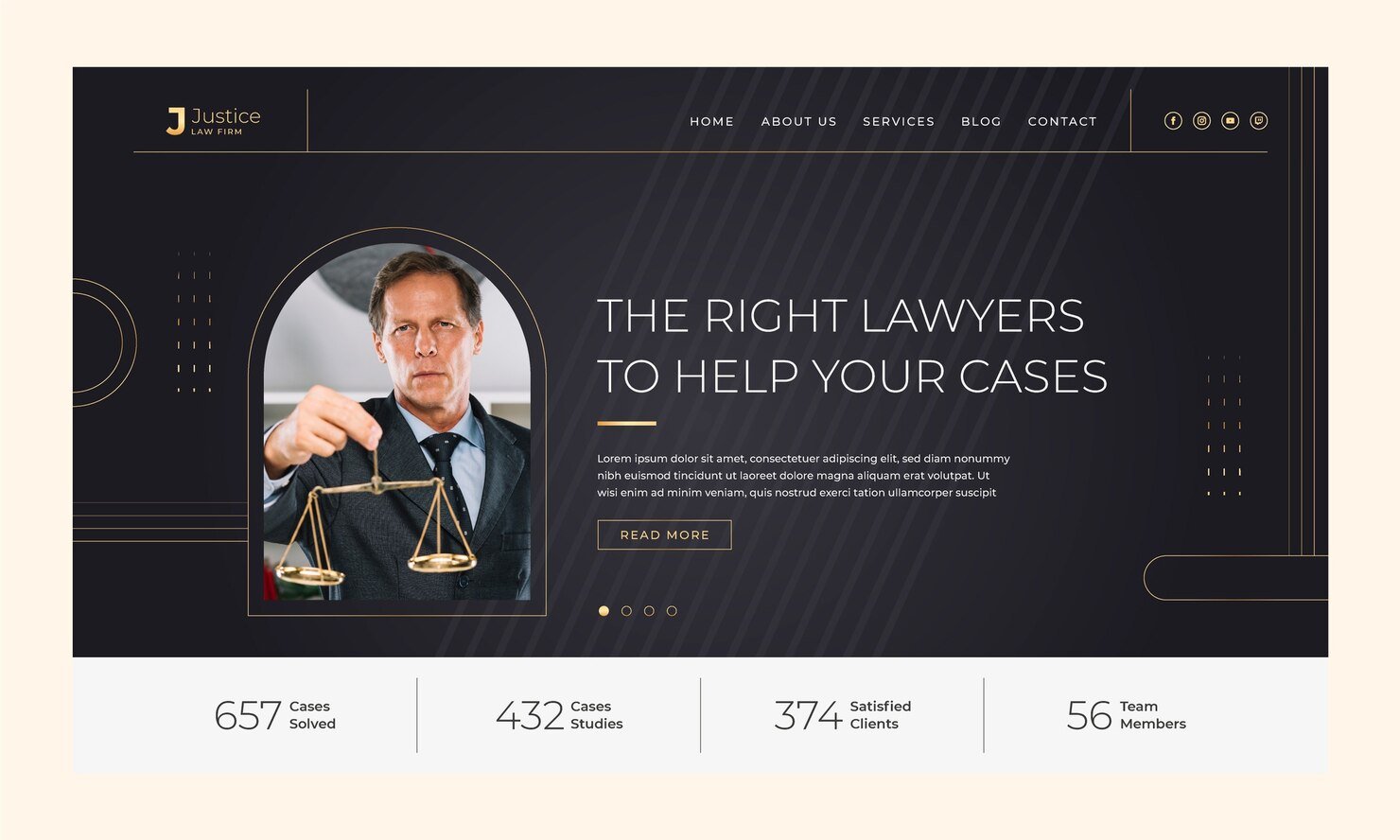Introduction to Product Packaging Design
Product packaging design is more than just wrapping a product in a box or bag. It’s the art and science of creating an external representation of your product that speaks to your brand and appeals to your target audience. Whether it’s the sleek, minimalist designs of tech products or the vibrant, colorful packaging of snacks, every detail counts.
But why does it matter? Packaging serves as your product’s first impression. It’s what catches the eye, communicates value, and ultimately influences purchasing decisions. Let’s dive deeper into why this is so crucial.
The Role of Packaging in Branding
How Packaging Reflects Brand Identity
Your packaging is an extension of your brand. Think about iconic brands like Apple or Coca-Cola. Their packaging isn’t just functional—it’s a direct reflection of their values, aesthetic, and promise to customers. A well-designed package can instantly convey what your brand stands for, whether it’s luxury, eco-consciousness, or fun.
Building Consumer Trust Through Packaging
Trust isn’t built overnight, but good packaging can be a stepping stone. High-quality materials, clear information, and attention to detail tell your customers, “We care about what we’re offering you.” Packaging that feels premium or thoughtful enhances the perceived value of your product.
Key Elements of Effective Packaging Design
Material Selection
The choice of material—whether paper, plastic, glass, or metal—affects not only the product’s appearance but also its functionality and sustainability.
Typography
Fonts aren’t just letters; they’re storytellers. Bold, modern fonts exude confidence, while script fonts feel elegant and personal. Always match your typography to your brand’s tone.
Color Psychology
Colors have a language of their own. Red can evoke excitement and passion, while green often signals eco-friendliness. Use colors strategically to align with your brand and appeal to emotions.
Imagery and Graphics
High-quality images and clean graphics make your product pop on the shelf. Ensure they align with your brand identity and resonate with your audience.
Types of Product Packaging
Primary, Secondary, and Tertiary Packaging
- Primary Packaging: The layer that comes in direct contact with the product (e.g., a bottle of shampoo).
- Secondary Packaging: Used for branding or additional protection (e.g., the box containing the bottle).
- Tertiary Packaging: Bulk packaging for shipping and handling.
Custom Packaging vs. Standard Packaging
Custom packaging offers a tailored solution for unique branding needs, while standard packaging is more cost-effective and quicker to produce. The right choice depends on your budget and goals.
Packaging Design Trends in 2024
Minimalist Design
Less is more. Consumers today gravitate toward clean, simple designs that reduce clutter and focus on the essentials.
Sustainable Packaging
With increasing environmental awareness, sustainable materials and reusable designs are becoming non-negotiable.
Interactive Packaging
QR codes, augmented reality, and creative unboxing experiences are setting brands apart by engaging customers in unique ways.
Packaging Design Process
Research and Ideation
Start with understanding your market, competitors, and audience preferences. Brainstorm ideas that align with your brand.
Prototyping
Create mock-ups or prototypes to visualize your packaging. This is where you refine the look and feel before mass production.
Testing and Feedback
Conduct focus groups or gather consumer feedback to ensure your design resonates with your audience.
Common Mistakes in Packaging Design
Overcomplicated Designs
Too much detail can overwhelm customers. Keep it simple and focused.
Ignoring Target Audience Preferences
If your target market values sustainability, for example, plastic-heavy packaging can backfire. Always design with your audience in mind.
How to Create Packaging That Sells
Emphasizing Functionality
Beautiful packaging that’s hard to open or doesn’t protect the product can frustrate buyers. Functionality is key.
Creating a Memorable Unboxing Experience
Think of brands like Apple, where opening the product feels like an event. Add layers of delight to make your product stand out.
Tools and Resources for Packaging Design
Design Software
Tools like Adobe Illustrator and Canva are great for creating mock-ups and experimenting with ideas.
Hiring Professional Designers
If design isn’t your strength, hiring a pro can save time and ensure top-notch results.
The Impact of Packaging on the Environment
Eco-Friendly Materials
Materials like biodegradable plastics and recycled paper are gaining traction for their minimal environmental footprint.
Reducing Waste in Packaging
Consider eliminating unnecessary components and using compact designs to cut down on waste.
Conclusion
Great packaging isn’t just about looks; it’s about creating a cohesive experience that aligns with your brand, appeals to your audience, and respects the environment. By investing time and effort into thoughtful packaging design, you set your product up for success.
FAQs
What is the average cost of product packaging design?
Costs can range from $500 to $5,000, depending on complexity and whether you hire a professional.
How can small businesses afford custom packaging?
Start with small batches and work with local designers or suppliers to keep costs down.
What materials are best for sustainable packaging?
Biodegradable plastics, recycled cardboard, and plant-based materials are excellent choices.
How can I test the effectiveness of my packaging?
Use focus groups, A/B testing, and real-world feedback to refine your design.
What are the legal requirements for product packaging?
Regulations vary by region but generally include clear labeling, ingredient lists, and safety warnings.



